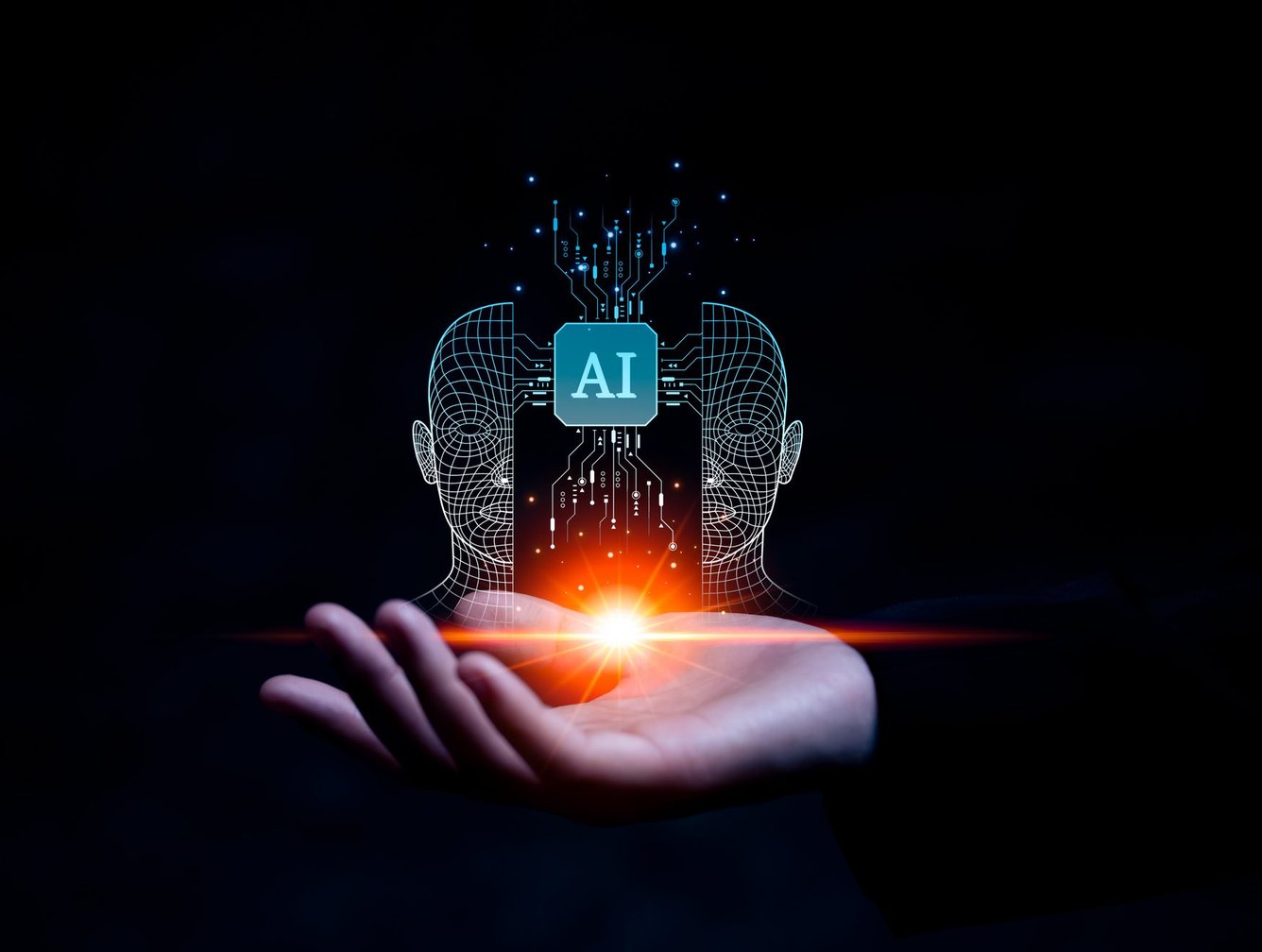Understanding of Generative AI:
Generative AI involves the use of machine learning techniques, particularly deep learning models likes Generative Adversarial Networks (GANs), Variational Autoencoders (VAEs), and Transformers, to generate content that resembles human created data. Unlike traditional AI systems that follow pre-defined rules or patterns, generative AI possesses the ability to produce novel and often highly realistic outputs based on the patterns it learns from vast datasets.
Usecase: “Painting with AI”
Imagine a scenario where artists collaborate with AI systems to create captivation works of art. By feeding massive datasets of paintings, sketches and artistic styles into a deep learning model, the AI can learn precise patterns, color palettes and brush strokes characteristics of various art movements and individual artists.
Process :
-
Data Collection and Preprocessing:
Curators collect a varied range of artworks from many epochs, genres, and styles. These photos provide training data for the generative AI model.
-
Training the Model:
The model uses powerful deep learning techniques to assess the dataset’s visual attributes, textures, and compositions. Through iterative training, the AI learns to create images that capture the style and substance of the input artwork.
-
Exploration and Collaboration:
Artists interact with the AI model, providing inputs, preferences and creative guidance. The AI responds generating a multitude of variations, each offering a unique interpretation of the artists vision.
-
Refinement and Iteration:
Artists improve the created outputs by polishing details, modifying colors, and experimenting with alternative compositions. This iterative method encourages a dynamic interplay between human intuition and machine intelligence, resulting in totally unique artworks.
Impact:
-
Unleashing Creativity:
With the help of generative AI, artists may now express themselves without restriction and explore fresh opportunities for creativity. For example consider an artist who primarily works with traditional mediums like paint and canvas. It is having limitations such as fixed textures, colors etc. Now if same artist experimenting with Gen AI tools, style transfer algorithm can merge their original creations with various artistic styles, seamlessly blending traditional techniques with digital innovation.
-
Preserving Artists Legacy:
AI-powered technologies have the capability to imitate or replicate famous artistic styles, thereby helping to conserve cultural heritage and honor the contributions of well-known artists from the past. For example, by analyzing a vast dataset of Van Gogh’s painting AI tools enables artist and enthusiasts to explore and create new works inspired by Van Gogh’s distinctive style preserving his artistic legacy.
-
Fostering Collaboration:
Artists and AI systems work together synergistically, enhancing each other’s strengths and pushing the limits of artistic innovation.
Influence of GenAI – Art Generation in different industries:
The potential impact of GenAI on art generation is significant and spans across various industries:
-
Art and Entertainment:
Artists can use GANs to explore new styles, generate novel visual concepts, and experiment with unconventional ideas. This could lead to the creation of entirely new art forms and experiences for audiences.
-
Design and Fashion:
GANs can assist designers in generating new patterns, textures, and designs for clothing, accessories, and interior decor, leading to more innovative and personalized products.
-
Gaming and Virtual Reality:
Using Power of GANs, game developers can create immersive worlds that blur the lines between reality and fiction, enhancing the overall gaming experience for players.
-
Advertising and Marketing:
By creating realistic images and videos tailored to specific target audiences, marketers can improve engagement and conversion rates, ultimately driving business growth.
-
Film and Animation:
By automating certain aspects of the production pipeline and reducing the need for manual labor, GANs can help studios save time and resources while pushing the boundaries of visual storyline.
-
Education and Training:
Students and aspiring artist can leverage AI-powered platforms to explore different artistic styles, receive personalized feedback and refine their skills in a collaborative and interactive environment.
Conclusion:
Overall, Gen AI’s impact on art generation goes beyond visual expression, promoting economic growth, technological innovation, and enriching cultural experiences across industries. As technology advances, its ability to transform creative processes and inspire new forms of artistic expression remains limitless.












Very informative and well written!!!
An insightful overview of AI’s role in art generation.
Great Article, thank you Umesh.
Thanks for sharing this information this is really good information.
Awesome!. Very good explanation .
Really very good coverage as per industry acceptance and impact .
This is such an inspiring example of how technology and creativity can come together. Generative AI is opening new ways for artists to collaborate with machines while still keeping their own vision at the center. Companies like ARCQ AI are showing how these ideas can move beyond experiments and become real solutions that benefit industries from design to entertainment.